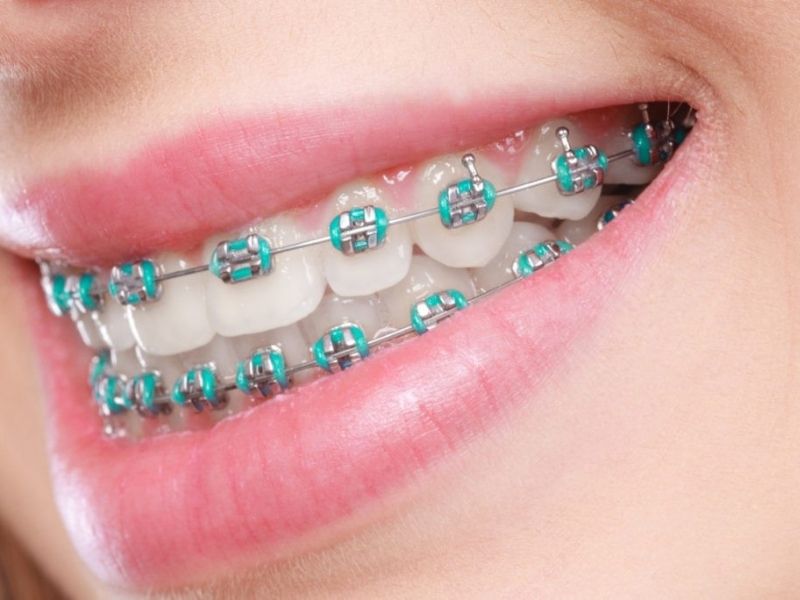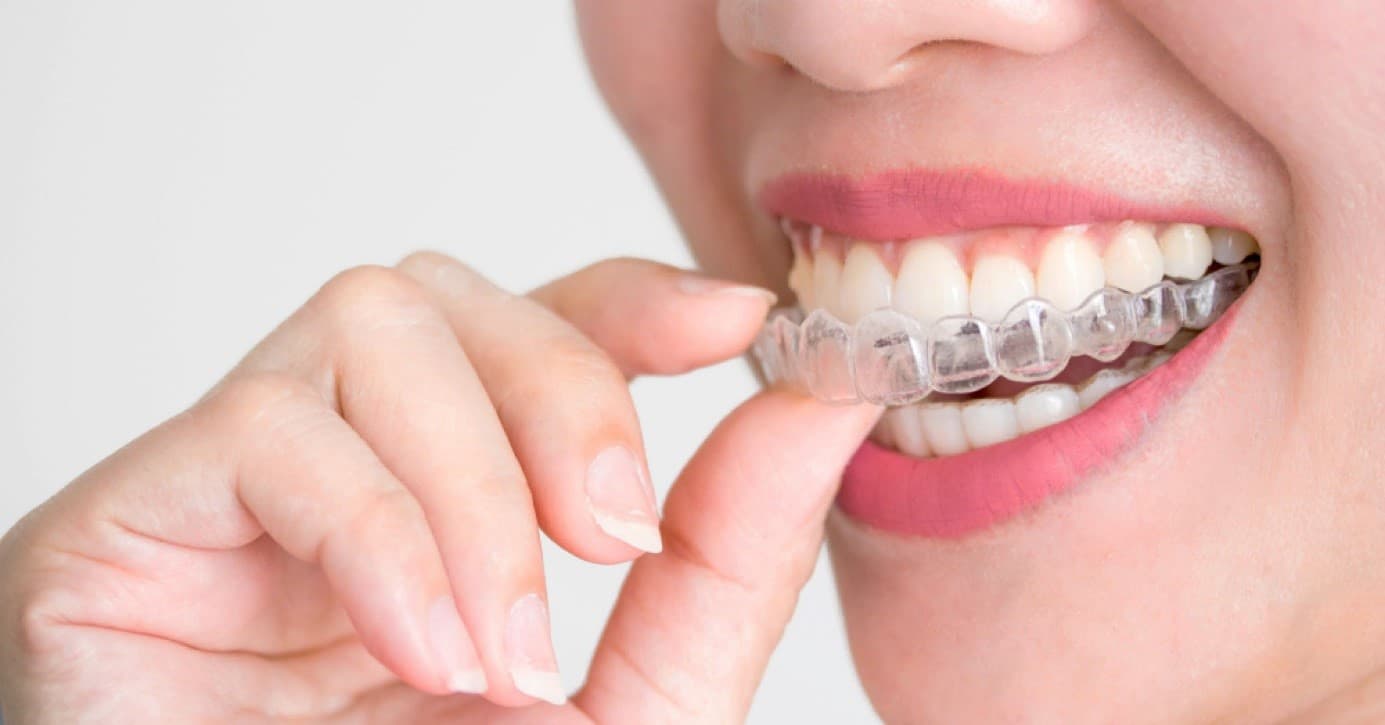Orthodontics
What is Orthodontics?
It is the treatment of crowded teeth, misaligned teeth, and the misalignment between jaws and teeth.
Disorders in teeth cause problems with aesthetics, functionality, and phonation. It negatively affects social life, creates speaking disorders, makes it difficult to chew while eating, and can lead to joint problems in the future.
Crowded teeth also make it difficult to maintain oral hygiene. An unhealthy mouth is the main cause of tooth decay, toothaches, and gum diseases.
Crowded teeth don’t allow an equal load distribution to each tooth during chewing, which makes dental problems inevitable and causes joint pains.
As a result of orthodontic treatment, the teeth are lined up in a single row.
Dental treatment is performed with braces, transparent plaques, and various intra-oral appliances.
Who is an Orthodontist?
- Orthodontists are registered dental specialists who have completed an additional three years of full-time university training in orthodontics, facial growth and development, biology, and biomechanics (they hold a General Dental Degree and a Specialist Orthodontic Degree). There are only 3-4 orthodontics trained each year at 5 accredited Australian universities, and only the best dentists are selected for these training programs.
- Orthodontists are facial growth and dental development experts. They diagnose and treat crooked teeth, bad bites, and poorly aligned jaws.
- Orthodontists are experts in all orthodontic care options and technologies for children, teens, and adults.
How long does orthodontic treatment last?
Proper alignment of your jaws and teeth is important for healthy oral functioning, such as chewing, speech, and breathing. It can reduce tension and pressure on your jaws, reduce the chances of cavities and periodontal disease, and improve your confidence.
Orthodontic treatment addresses improper alignment, or malocclusion, and it varies widely from patient to patient. Some treatments may take a few months, while others may take several years. On average, typical treatment takes between 12 and 36 months.
Before you begin any treatment, your orthodontist will conduct a thorough oral and facial examination, complete with x-rays, impressions, and/or a facial scan, to identify your orthodontic needs. Your individualized treatment plan will then be developed based on the current shape, placement, and structure of your teeth, jaw, and facial bones.
When should early orthodontic treatment be performed?
By around age 7, most malocclusions have become evident. Interceptive orthodontic treatment around this time can help direct proper tooth positioning and/or jaw growth, eliminating or simplifying the need for later treatment. There are many orthodontic problems that can be detected early and are examples of why a trained professional should evaluate your child during his or her growth and development.
Is there an age limit for orthodontic treatment?
There is no age limit for orthodontic treatment. Patients of any age can undergo orthodontic treatment.
Methods of Orthodontic Treatment
Mobile Orthodontic Treatment
Removable orthodontic treatment is orthodontic treatment in which appliances are put on and taken off by the patient.
Removable orthodontic treatment is mostly applied to children between the ages of 6 and 12.
In some cases, it may be necessary to apply both fixed and mobile orthodontic treatment methods.
Fixed Orthodontic Treatment
Fixed orthodontic treatment, as the name suggests, is orthodontic treatment in which fixed appliances that the patient cannot remove are used. In fixed orthodontic treatment, a corrugated metal called a bracket (porcelain brackets are also used today) is adhered to the teeth. A wire passes through this groove. This wire is replaced at intervals of 4-6 weeks.

Orthodontic Treatment with Clear Aligners:
Like traditional braces, clear aligners are designed to move teeth a little at a time. The aligners are plastic replicas of your teeth. Wearing them puts gentle pressure on the teeth, ever-so-slightly repositioning them. Clear aligners are one of many technological advancements that have made orthodontic treatment less conspicuous and one of many "appliances" orthodontists use to move teeth and align jaws to create a healthy, beautiful smile.

Lingual Orthodontic Treatment
Lingual means "toward the tongue," and this is the key difference between lingual braces and traditional types of orthodontic braces. With this option, brackets are custom-designed to be applied to the inside of your teeth. A precise treatment plan is designed specifically for you, and individually crafted arch wires (again, on the inside of the teeth) guide your teeth to their best alignment. The resulting braces are almost impossible to detect.

